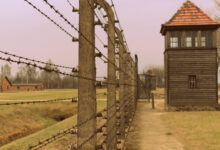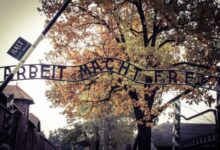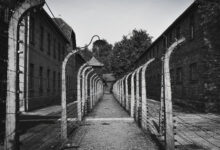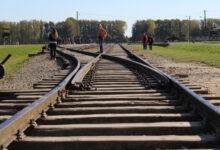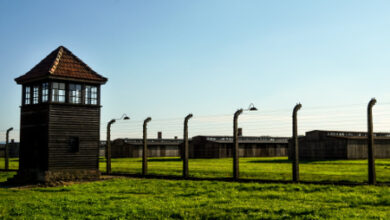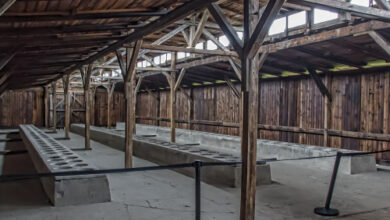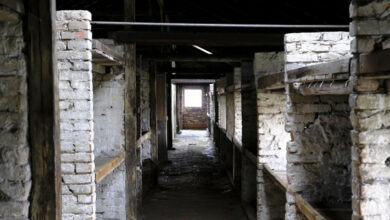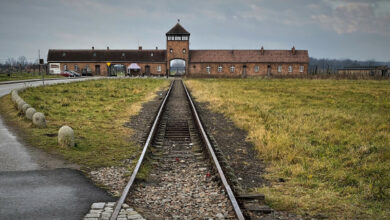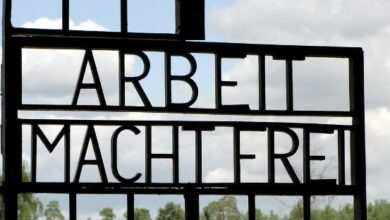The Auschwitz concentration camp complex was an extensive network of camps operated by Nazi Germany during World War II. Predominantly located in occupied Poland, the complex consisted not only of the main camp, known as Auschwitz I, but also a multitude of subcamps which were spread across the region.
These Auschwitz subcamps played a critical role in the fulfilment of the Third Reich’s objectives. They employed prisoners as forced labourers in various industrial plants and farms to support the war effort and the economy of Nazi Germany.
The horrors of Auschwitz and its subcamps constitute a significant part of the history of the Holocaust, where millions of Jews and other victims were systematically persecuted and murdered.
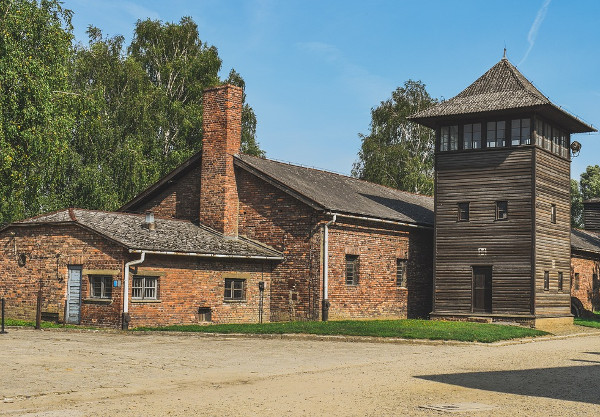
As you explore the history of Auschwitz, it’s important to understand that the subcamps were integral to the larger infrastructure of terror and exploitation devised by the Nazis.
From 1942 to 1944, more than 40 subcamps were established, varying in function and size. Some of these were located near industrial complexes, such as the Buna-Werke in Monowitz, while others were set up adjacent to quarries or farms.
Prisoners, including Poles, Russians, Jews, and people of various other nationalities, were subjected to unimaginable conditions of travail. Many succumbed to starvation, disease, and the brutality of their overseers.
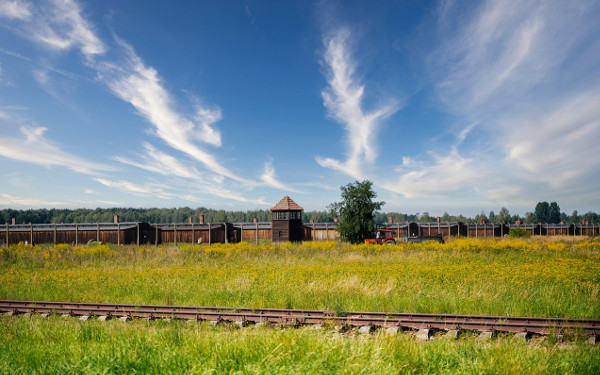
Auschwitz-Birkenau, or Auschwitz II, which began as a subcamp, evolved into a major site of the Holocaust’s atrocities. It exemplified the industrial scale of the Nazi extermination efforts.
Table of Contents:
Auschwitz Sub-Camps Historical Context
This section provides insights into the establishment, expansion, and purpose of the Auschwitz sub-camps within Occupied Poland during the Holocaust. You’ll gain an understanding of how they formed part of the Nazi’s broader genocidal strategy known as the Final Solution.
Auschwitz Sub-Camps Formation and Development
Auschwitz, initially established in 1940, saw a rapid escalation of its camp system to include more than 40 sub-camps by 1944. Under the authority of the SS, these auxiliary camps were predominantly set up near industrial and agricultural enterprises throughout Occupied Poland.
The primary motive behind their inception was to maximise the exploitation of forced labour while extending the reach of the Third Reich’s genocidal practices beyond the main camp’s confines.
Major Sub-Camps System
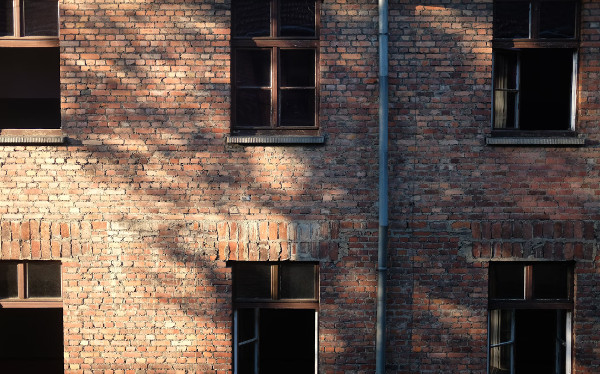
Within this extensive network of sub-camps, facilities such as Monowitz (also known as Buna/Auschwitz III) and factories associated with companies like IG Farben became notorious for their scale and the brutal conditions endured by their prisoners.
Your understanding of the larger Auschwitz camp complex is incomplete without acknowledging these major sub-camps that formed the backbone of the Nazis’ ruthless forced labour apparatus.
| Notable Sub-Camp | Industrial Partner |
|---|---|
| Monowitz (Buna) | IG Farben |
| Bobrek | Siemens-Schuckert |
| Harmęże | Krupp |
| Altdorf | Various Farms |
Role in the Final Solution
The Auschwitz sub-camps played a direct and significant role in the Final Solution—the Nazi plan to annihilate the Jewish population of Europe.
You must recognise that these camps not only served economic interests but were also integral to the machinery of genocide orchestrated by the Nazi regime.
The subjugation and extermination of prisoners through labour were inherent to the Holocaust’s broader tapestry of atrocities committed across Occupied Poland and the Third Reich.
Key Auschwitz Sub-Camps
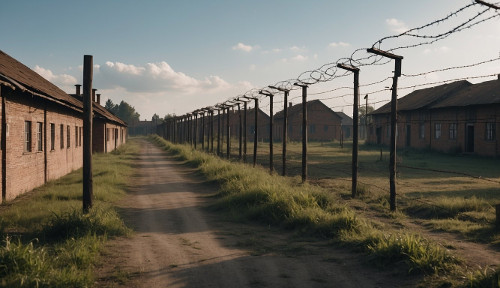
Within the vast network of the Auschwitz concentration camp complex, you will find that several key sub-camps stood out due to their size, purpose, and the historical context of their operations.
Each played a distinct role in the functioning of the camp system during its years of operation.
Auschwitz I (Main Camp)
Auschwitz I served as the administrative centre for the entire camp complex. Initially established for political prisoners, it later expanded its role.
Construction, which used prisoner labour, began in May 1940 on what had been Polish army barracks.
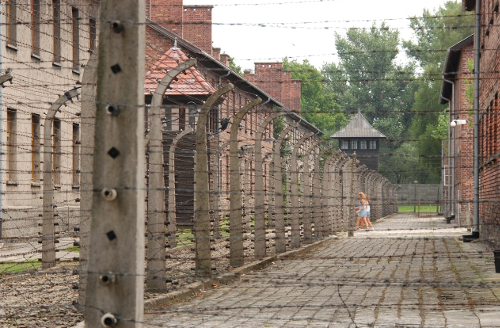
Auschwitz I also functioned as a concentration camp and held a gas chamber and crematorium. The infamous “Arbeit macht frei“ sign, meaning “work sets you free”, adorned its main gate.
Auschwitz II-Birkenau (Extermination Camp)
At Auschwitz II-Birkenau, often referred to simply as Birkenau, the scale of the horrors amplified. This extermination camp became synonymous with the Holocaust’s atrocities.
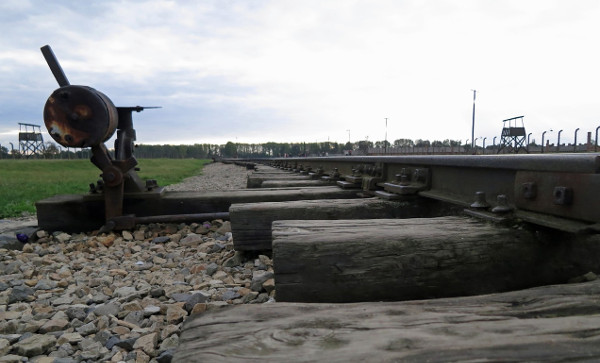
Established in October 1941 to increase the capacity for mass murder, Birkenau was constructed on a section also known as Brzezinka. It held the largest number of prisoners and was equipped with gas chambers and crematoria, which were pivotal in the genocide.
Auschwitz III-Monowitz (Labour Camp)
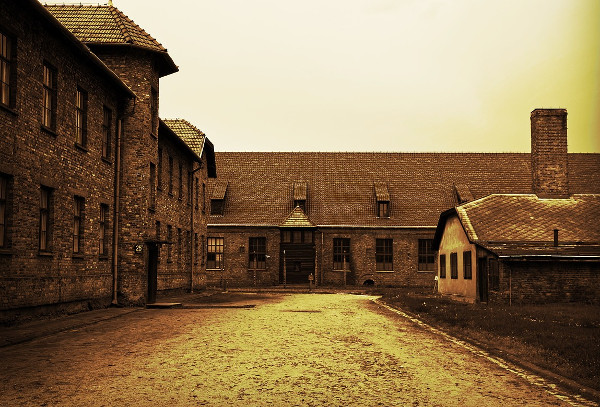
Auschwitz III-Monowitz, also called Monowice or simply Buna, is acknowledged mainly as a labour camp, which began operations in October 1942.
Heavy synergy with industry was notable here; the camp was associated with the German chemical conglomerate IG Farben.
Prisoners endured forced labour for the Buna-Werke, which aimed to produce synthetic rubber and fuels. Conditions were extremely harsh, and survival was often dependent on the ability to work.
Prisoners and Human Rights Violations
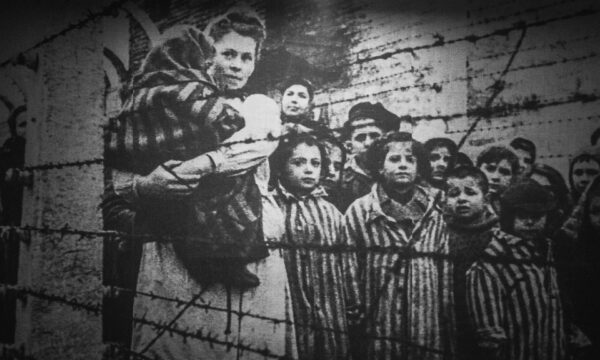
As you explore the distressing history of the Auschwitz sub-camps, you will learn of the atrocious human rights abuses against prisoners. The Jewish population, along with Roma, Soviet Prisoners of War, and other inmates, suffered under severe conditions orchestrated by commandants such as Rudolf Höss and Heinrich Schwarz.
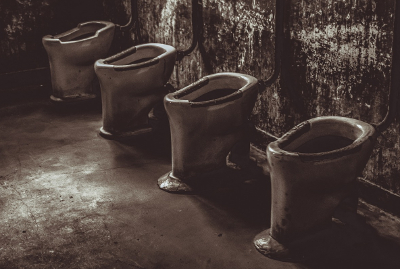
Prisoner Population
Between 1942 and 1944, Auschwitz sub-camps housed a diverse prisoner population. The majority were Jews, subjected to extermination as part of the “Final Solution.”
Other groups included Roma, Soviet Prisoners of War, and political prisoners. These inmates found themselves trapped in a relentless system of exploitation, forced labour, and violence.
Living Conditions
Your understanding of human suffering is challenged by the living conditions within these camps.
Overcrowding was the norm, with basic needs such as shelter, food, and sanitation disregarded.
Starvation and disease were rampant, deliberately used as tools of murder. These inhumane living standards reflect the systematic dehumanisation of prisoners.
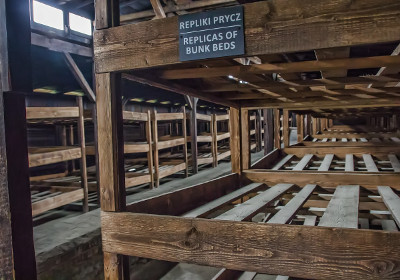
Medical Experiments
Contemplate the ethical abyss as you learn about Josef Mengele, the so-called ‘Angel of Death‘. His presence at Auschwitz was marked by a series of grotesque medical experiments on prisoners.
Twins were the subjects of particularly brutal and lethal procedures. These were all performed without consent and often resulted in death or disfigurement.
Read also:
- Can You Visit Auschwitz from Krakow?
- Duration of the Auschwitz Tours and Visits
- Cheapest Way to Visit Auschwitz
- Krakow Auschwitz Distance
- Tickets to Auschwitz
- Visit Auschwitz Birkenau Camp – Book Online
- Auschwitz Dress Code
- Can You Eat at Auschwitz?
- Can You Take Photos at Auschwitz?
- How Old Do You Have to Be to Visit Auschwitz?
- Was Treblinka Worse than Auschwitz?
Auschwitz Sub-Camps Specifics
As you delve into the specifics of the Auschwitz sub-camps, you’ll understand the administrative framework established to run these camps, uncover the range of economic activities carried out, and grasp the harsh conditions that challenged inmate survival.
Administrative Structure
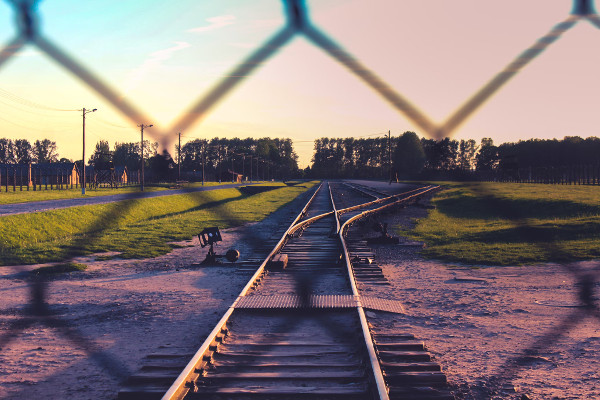
Each sub-camp, functioning under the administration of the larger Auschwitz complex, had its own commandant who reported to the central command.
The Schutzstaffel (SS), under the direction of Heinrich Himmler, oversaw operations. The camps were encircled by barbed wire and watchtowers, creating a tiered security system to prevent escapes.
Economic Activities
Sub-camps were integral to the economic ambitions of the SS, which exploited prisoner labour for various enterprises. This included:
- Agricultural work: Involvement in SS-owned farms.
- Industrial labour: Production of arms and other war-related materials.
- Manufacturing roles: Work in factories linked to the German war effort, such as in Monowitz, which supported a synthetic rubber plant.
Conditions and Survival
Barrack living conditions varied between sub-camps but were consistently overcrowded and unsanitary.
Barracks were flimsily constructed and offered little protection from the elements. To survive, prisoners relied on limited resources, dwindling strength, and often the support of fellow inmates.
Liberation and Aftermath
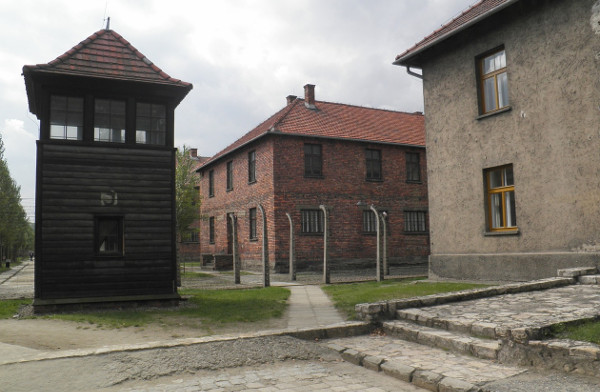
Understanding of the final days at the Auschwitz sub-camps and their liberation involves a complex historical moment marked by atrocity and subsequent legal proceedings. The preservation of this history is crucial, as it is enshrined at places like the Auschwitz-Birkenau State Museum.
Final Days and Liberation
In the dying days of World War II, the Auschwitz sub-camps were approaching a crucial juncture. The Soviet Red Army was moving closer, prompting the SS to evacuate the camps. They often forced prisoners on death marches, but liberation was imminent.
On 27 January 1945, Soviet troops arrived at Auschwitz-Birkenau, liberating the remaining prisoners and revealing the horrors to the world. This event is now annually commemorated as International Holocaust Remembrance Day. The liberation of these camps was a significant part of the Illustrated History of the Holocaust, documenting evidence of the atrocities committed.
Following the liberation, several of the sub-camps were investigated. Surviving structures, including the main camp, became part of the Auschwitz-Birkenau State Museum. This museum now serves as a stark reminder of the crimes against humanity that took place there, dedicated to preserving the memory of the victims.
Legal Proceedings and Memory
After the liberation, the world was faced with the daunting task of bringing those responsible to justice. Legal proceedings, such as the famed Nuremberg Trials and later the Frankfurt Auschwitz Trials, were pivotal in this process. They saw key perpetrators being held accountable for their crimes.
The trials contributed to the shaping of international law regarding war crimes and the concept of genocide. They were meticulously documented and are now a significant part of the literature surrounding the Holocaust, informing an Illustrated History that ensures the memory and understanding of these events is preserved for future generations.
Your recognition of these events not only honours the victims but also strengthens the resolve to prevent such atrocities from occurring again.
Notable Sub-Camps
In this section, you’ll explore Blechhammer, Gleiwice, and Trzebinia sub-camps, each a significant part of the Auschwitz complex where specific functions and operations took place.
Blechhammer
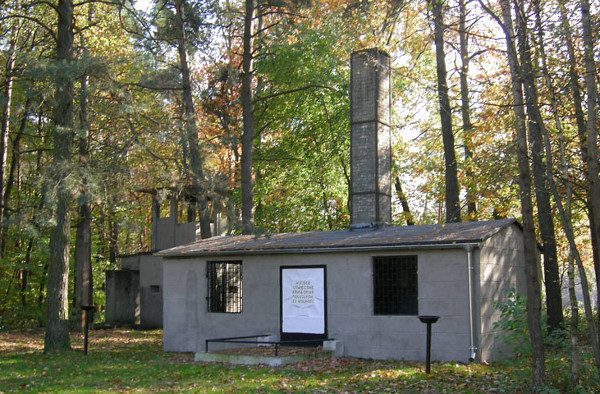
At Blechhammer, you would find a labour camp primarily focused on industrial work. It was located in Sławięcice, and a major activity here was related to the synthetic oil and rubber production which was pivotal to the Nazi war effort.
Prisoners faced extremely harsh conditions and were forced into arduous labour.
Gleiwice
Gleiwice — Gleiwitz in German — encompassed several sub-camps, including Gleiwitz I and Gleiwitz II, notable for their industrial contributions, particularly in the production of metal goods and materials. The work in these camps often involved manufacturing parts essential for various military applications.
Recommended Auschwitz Tours:
- Auschwitz and Wieliczka Tour from Krakow
- Auschwitz and Zakopane Tour
- Auschwitz-Birkenau Memorial Tour with Optional Lunch
- Auschwitz Tickets with Transport
- Auschwitz Tickets Without Guide
- Auschwitz Tour March
- Auschwitz Tour Free Cancellation
- Auschwitz Tour with Hotel Pick-up
- Auschwitz Winter Tour
- Krakow Airport to Auschwitz
- Krakow: Auschwitz-Birkenau Full-Day Guided Tour
Trzebinia
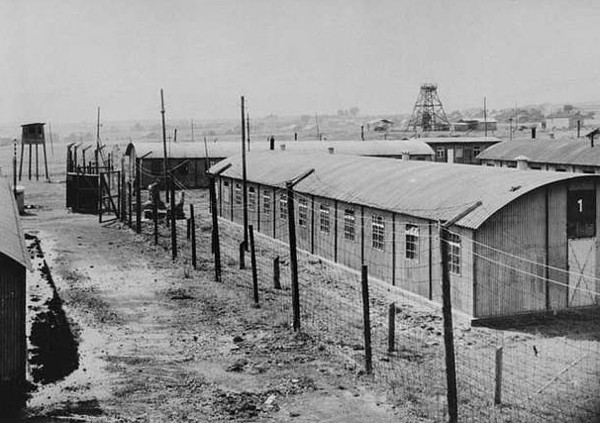
In Trzebinia, the focus was largely on the exploitation of the nearby oil refinery. Prisoners here were utilised for heavy labour in the petrochemical industry. The harsh working conditions and inadequate nourishment made survival in this camp extraordinarily difficult.
Other Sub-Camps
In addition to the well-known main camp, Auschwitz consisted of numerous smaller sub-camps, where conditions were equally harsh and the focus was on forced labour to support the war effort.
Roster of Minor Sub-Camps
You may not be familiar with all the lesser-known camps that made up the Auschwitz complex. To enhance your understanding, here is a brief list of some minor sub-camps:
- Budy: Mainly agricultural work
- Harmense: Hard labour in fish farming
- Babitz: Labour surrounding agricultural experiments
- Raisko: Botanical research centre
- Plawy: Agricultural work
- Golleschau: Stone quarrying tasks
- Jawischowitz: Coal mining operations
- Eintrachthütte: Metal works
- Neu-Dachs: Mining site
- Fürstengrube: Coal mine
- Janinagrube: Coal mining operations
- Lagischa: Industrial work
- Günthergrube: Mining efforts
- Laurahütte: Various industrial labours
- Bobrek: Work in electrical parts manufacturing
- Gleiwitz III: Industrial tasks
- Hindenburg: Mines and industrial tasks
- Althammer: Factory work
- Bismarckhütte: Foundry work
- Charlottengrube: Mining undertakings
- Neustadt: Textile manufacturing
- Hubertshütte: Metalworking activities
Evolution Over Time
The Auschwitz sub-camp system experienced significant changes between 1942 and 1944. Initial sub-camps sprang up slowly. Then, their numbers expanded rapidly, driven by the demand for forced labour within the German war economy.
These sub-camps served various industries from manufacturing to agriculture and were essential parts of the Nazi camp system. They were frequently centred on heavy industry, mining, and other labour-intensive work. They were often situated near industrial plants or resource extraction sites.
As the war progressed, these camps grew not just in number but also in function as the oppressive scope of forced labour broadened.
